In terms of finding wildlife, photography is not unlike hunting. Whether you are just learning photography or you are a professional photographer, following these steps will help you take better pictures of wildlife.
Before You Go
Give Your Clothing the Shake Test
Before heading out, silence your clothing. Put on what you intend to wear in the field and move around. Do you have any loose zippers? Would your jacket make noise when walking through tall grass? Will your boots make noise on leaves or loose rock? If so, find a way to silence your clothing, or choose something else to wear.
Do Your Homework
If you know the area you intend to explore, take a look at aerial and topographic maps before you go. Identify areas where animals are likely to travel from feeding grounds or water to bedding areas.
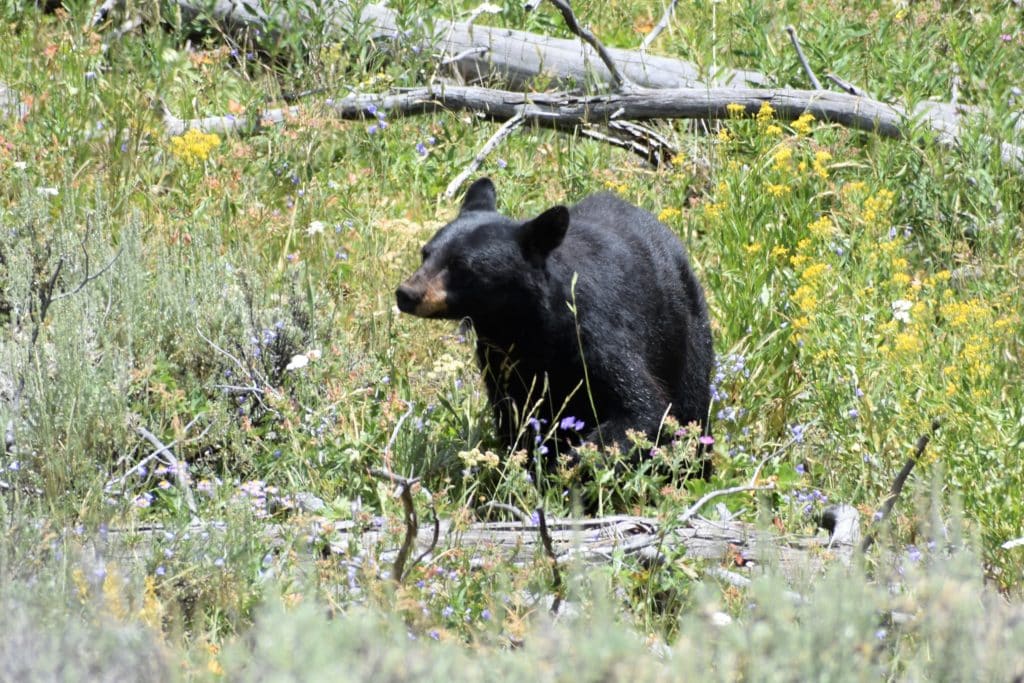
This black bear cub was travelling along a stream where there was plenty of food.
Inspect Your Equipment
Make sure everything is in working order, your batteries are charged and your lens is clean.
In the Field
Choose the Right Time of Day
Search when animals are most active. Morning and Dusk are typically the best times to find animals on the move. Often between feeding and bedding areas. Nature photography, weather you are taking pictures of animals or landscape photographs, is largely dependent on time.
If you did your homework, you will have an idea of where you are most likely to see wildlife.
Find a place you expect animals to pass and wait, or you can try to spot and stalk. I think the second option is typically more enjoyable, I have trouble sitting in still for two long. Whichever method you choose, binoculars will help you search a greater. You’ll be able to investigate wildlife without hiking all the way over to see if it is what you were hoping to photograph.
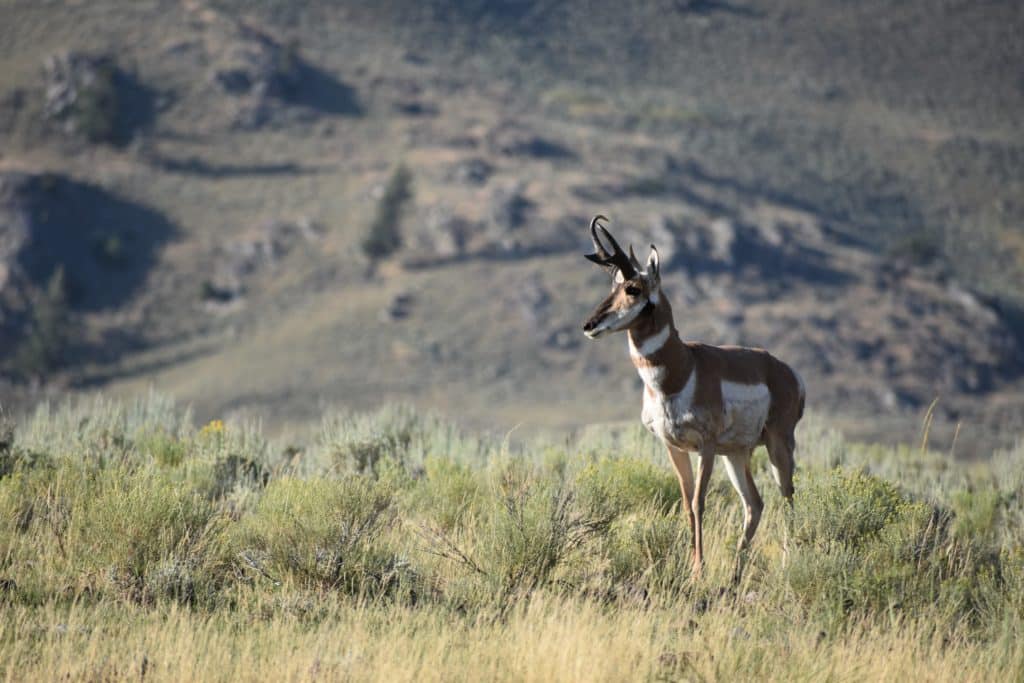
I located this pronghorn antelope just before sundown.
Pay attention to the wind.
Plan your route to move into the wind, or at least perpendicular to it. Most animals will smell you before they see you.
Pay Attention to the Light
Lighting conditions are just as important as the wind. It can be frustrating when you are in range to take the perfect photograph, and shadows are obscuring part or all of your subject.
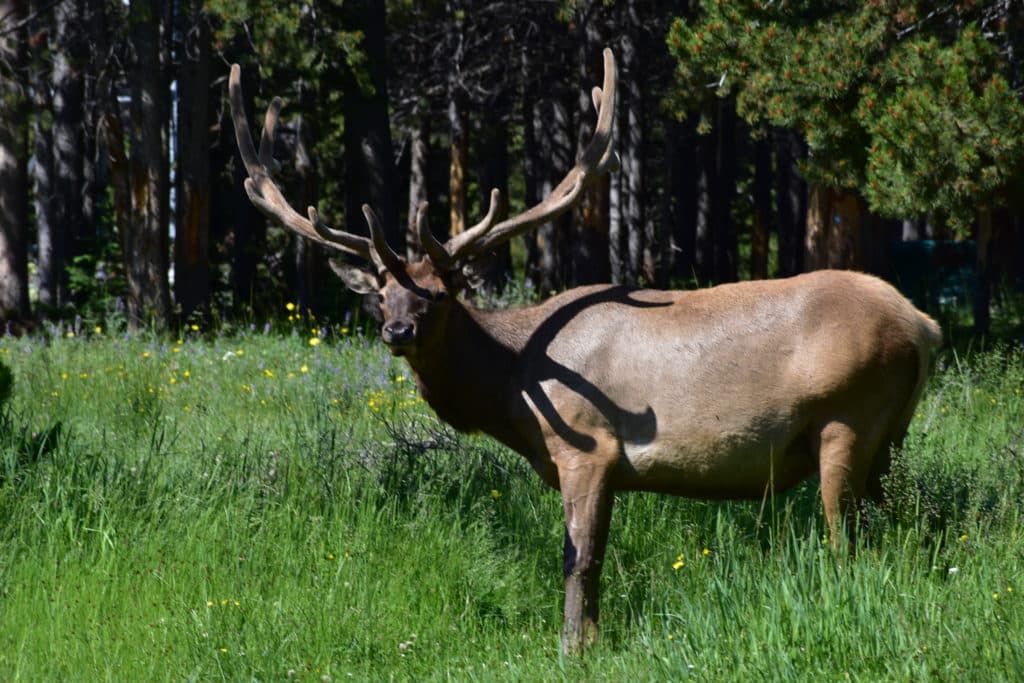
The antlers on this massive elk cast a problematic shadow.
Keep a low profile
Many animals vision differs from our own. They may see in less detail or in different colors. Your chances of going unnoticed are best if you keep a low profile. Try to keep something like trees or a hill behind you. Keep a low profile when approaching the crest of a hill. You will be noticed walking into view without a backdrop behind you. This is sometimes referred to as skylining.
Have Your Camera Ready
Whether you are trying to improve wildlife photography or landscape photography, nature photography. You need to have your camera ready. Sometimes the window of opportunity to take pictures of animals will be brief. If you are not prepared to take the picture, you’ll end up with photos of animals running away, or halfway hidden in the brush.
Have your camera out, with batteries charged and the lens cap off. Make sure your camera is in an appropriate mode to take outdoor photographs in the current light.
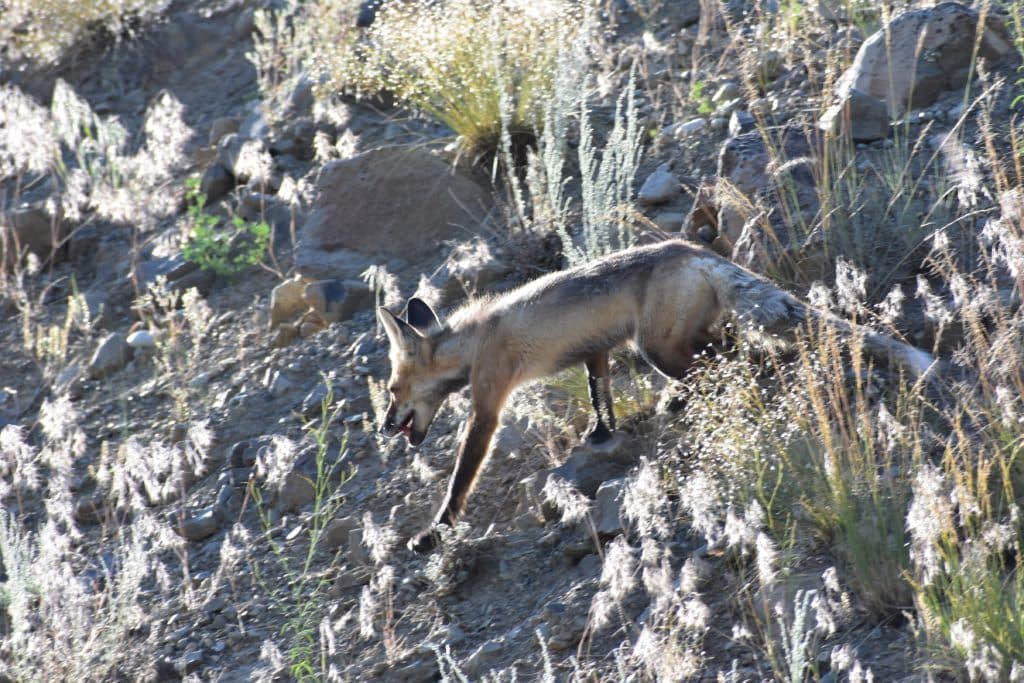
I’ve never taken a decent photo of a fox. They almost always see me first.
Taking Wildlife Photos
Getting the Picture You’re After
Once you have located your subject. Continue to maintain a low profile and limit unnecessary movement. Raise your camera slowly.
A zoom lens is helpful in getting the picture you’re after without frightening the animals.
If you need to move in closer to get the photo you are after, consider taking off your shoes and making your final approach in thick socks or stalking moccasins. Sticks, leaves and rock can all give you away when you are moving in for your photo. Running shoes are a good compromise between comfort and stealth. Boots provide the most protection, but typically make the most noise. If possible, chose a path over dirt instead of leaves or rock.
Continue to be mindful of the wind direction. Ideally, you should be walking into the wind. If the wind is behind you, consider taking the long way around and approaching from the other side.
Don’t get too close, it’s easy to do in the excitement. Remember your camera will not stop charging wild animals.
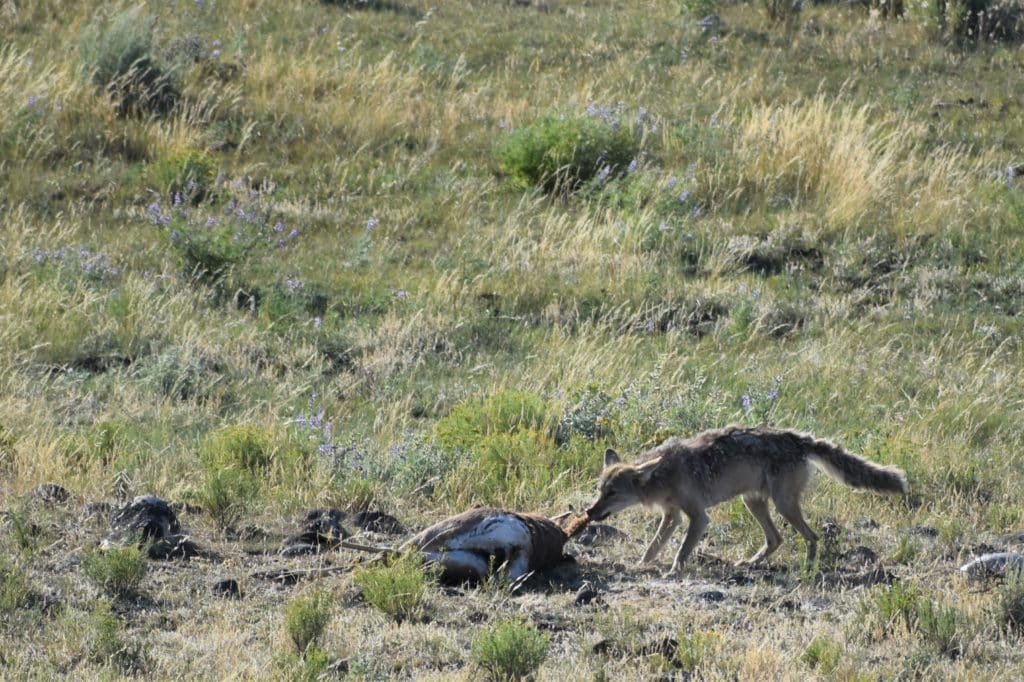
Remember that photographing wild animals can be dangerous. It is best to keep a safe distance.
Any Animal Can be an Interesting Subject
Smaller animals can be easier to locate, and make good subjects to practice taking pictures of animals. This post from Digital Photography School gives a good overview of insect photography.

Sometimes Small Animals are the Most Cooperative
Practice Outdoor Photography
Finally, just get out there and start taking photos. Don’t wait around until you have the camera you think you need to get the photos you are after. Digital photography has made it possible to for anyone to shoot in high volumes, significantly reducing the cost of learning photography. Even professional photographers started somewhere. The more you practice, and have opportunities to photograph wildlife, the more quality photos you will accumulate.
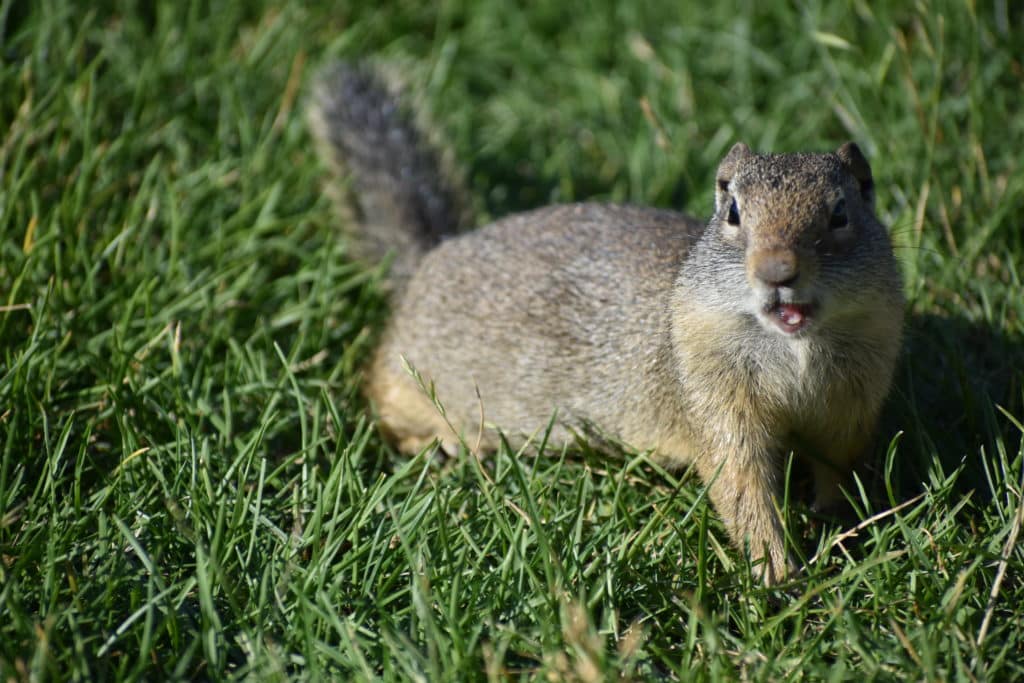
You don’t need to find large or exotic animals to practice wildlife photography. Just get outside and start taking pictures!
